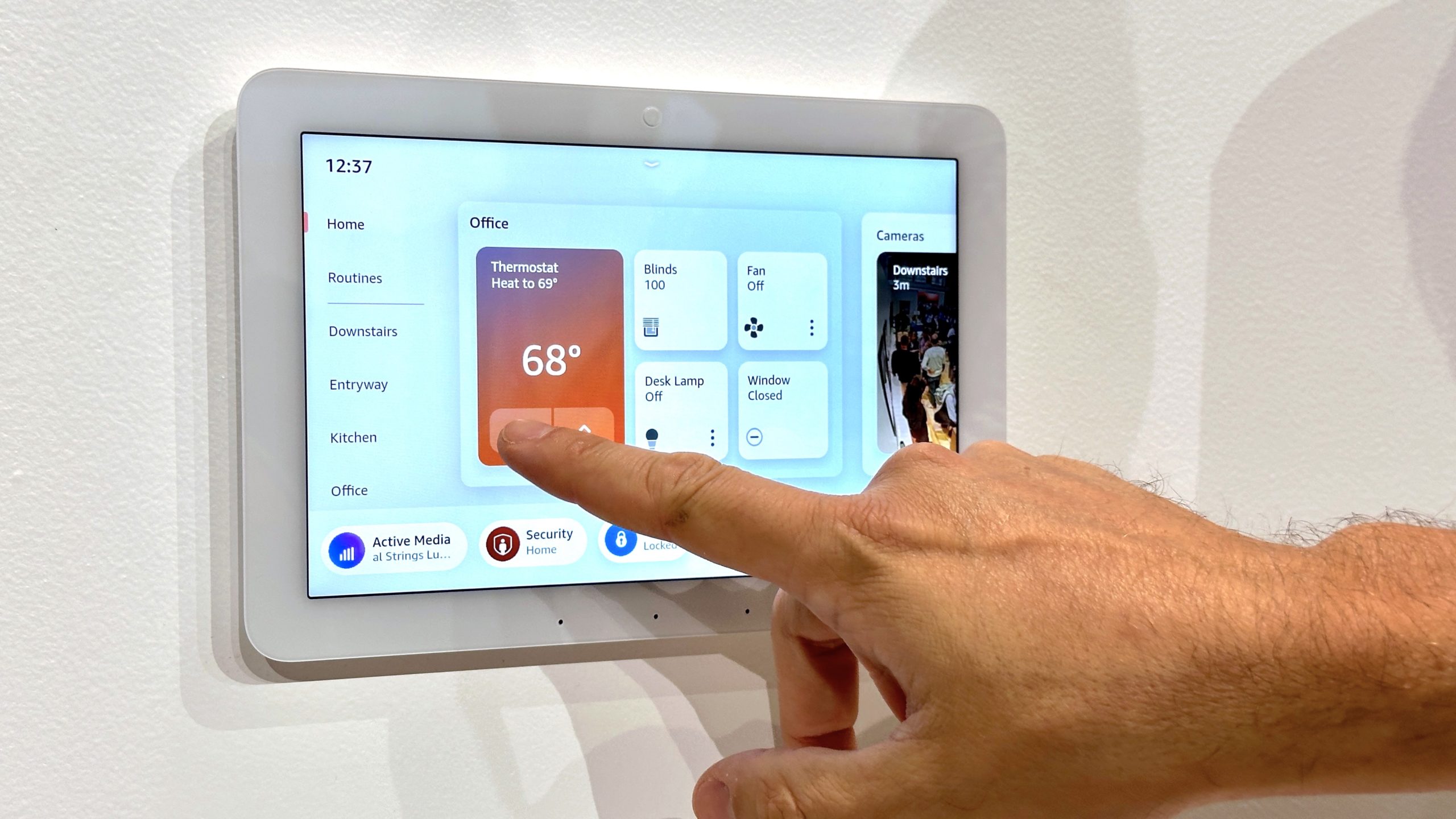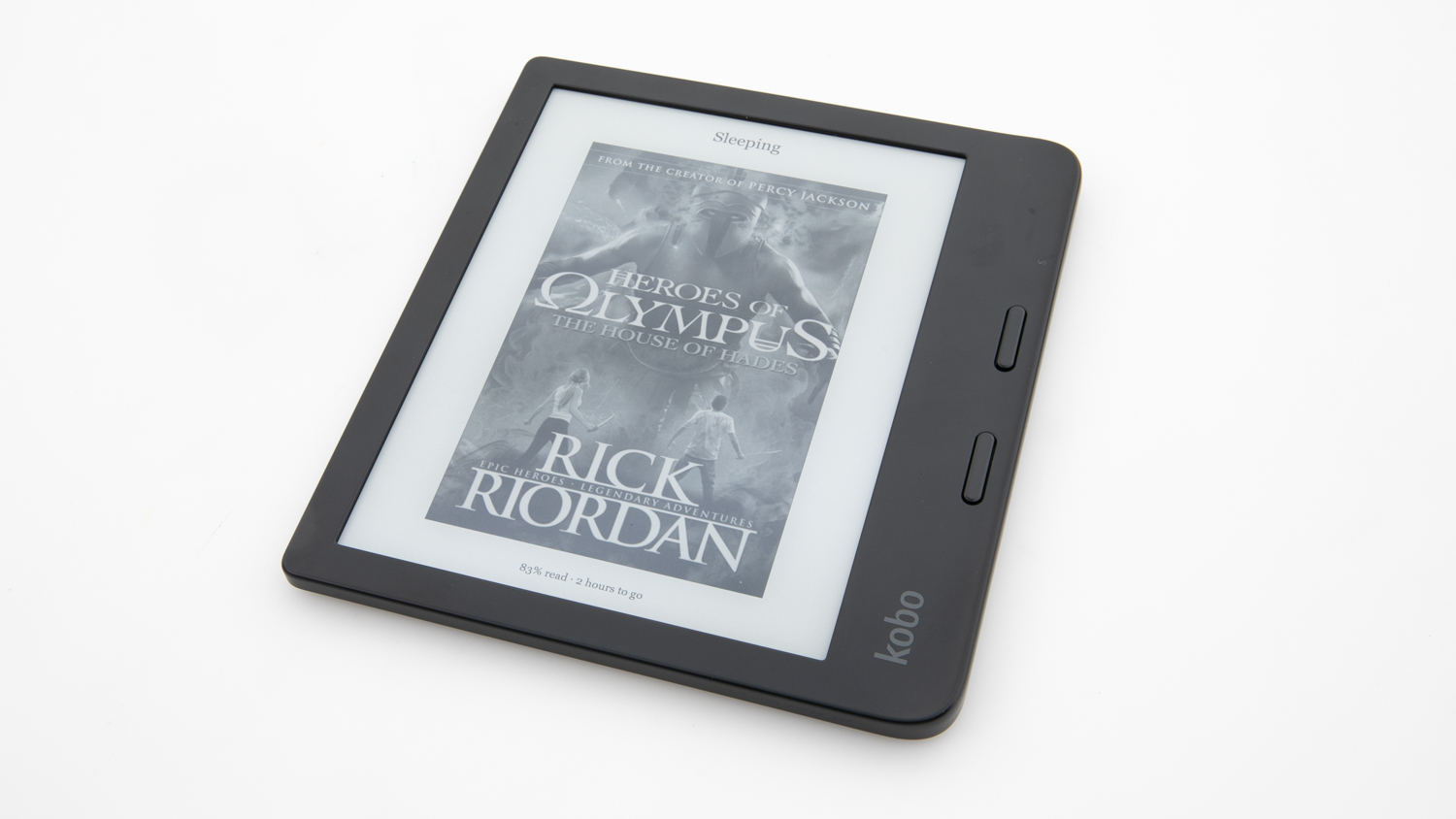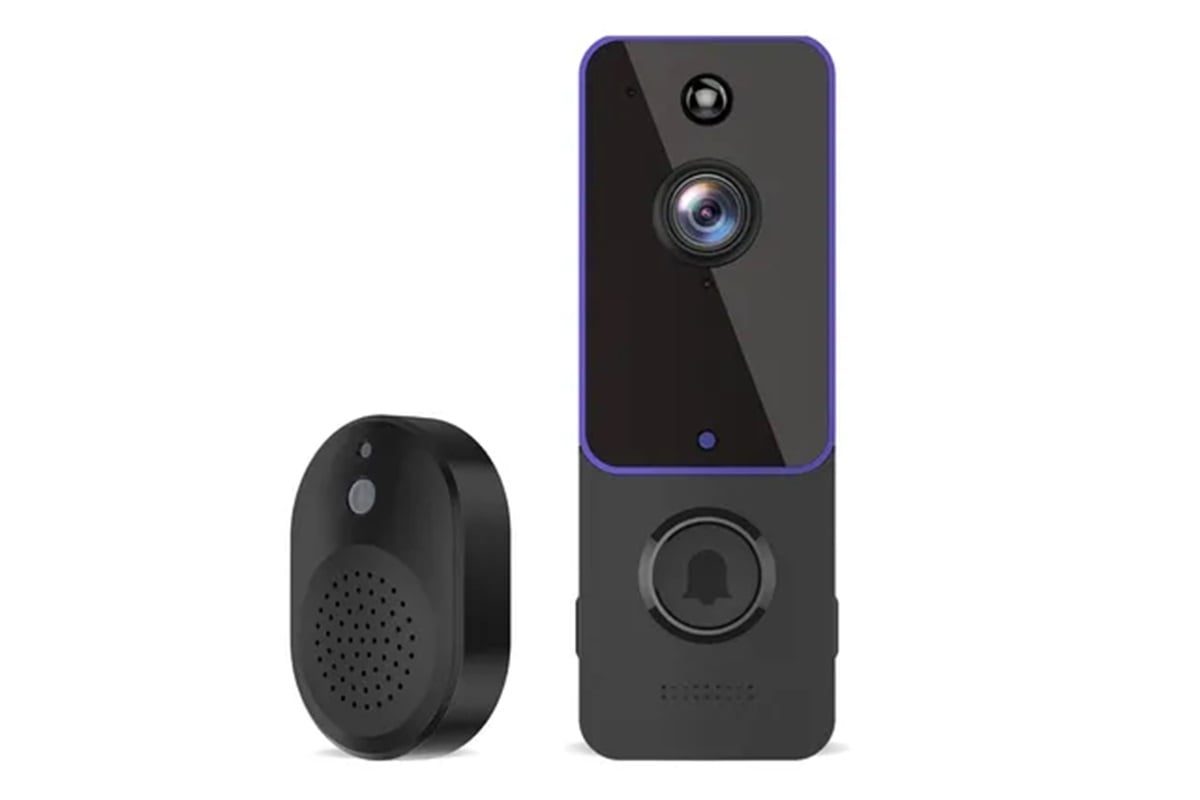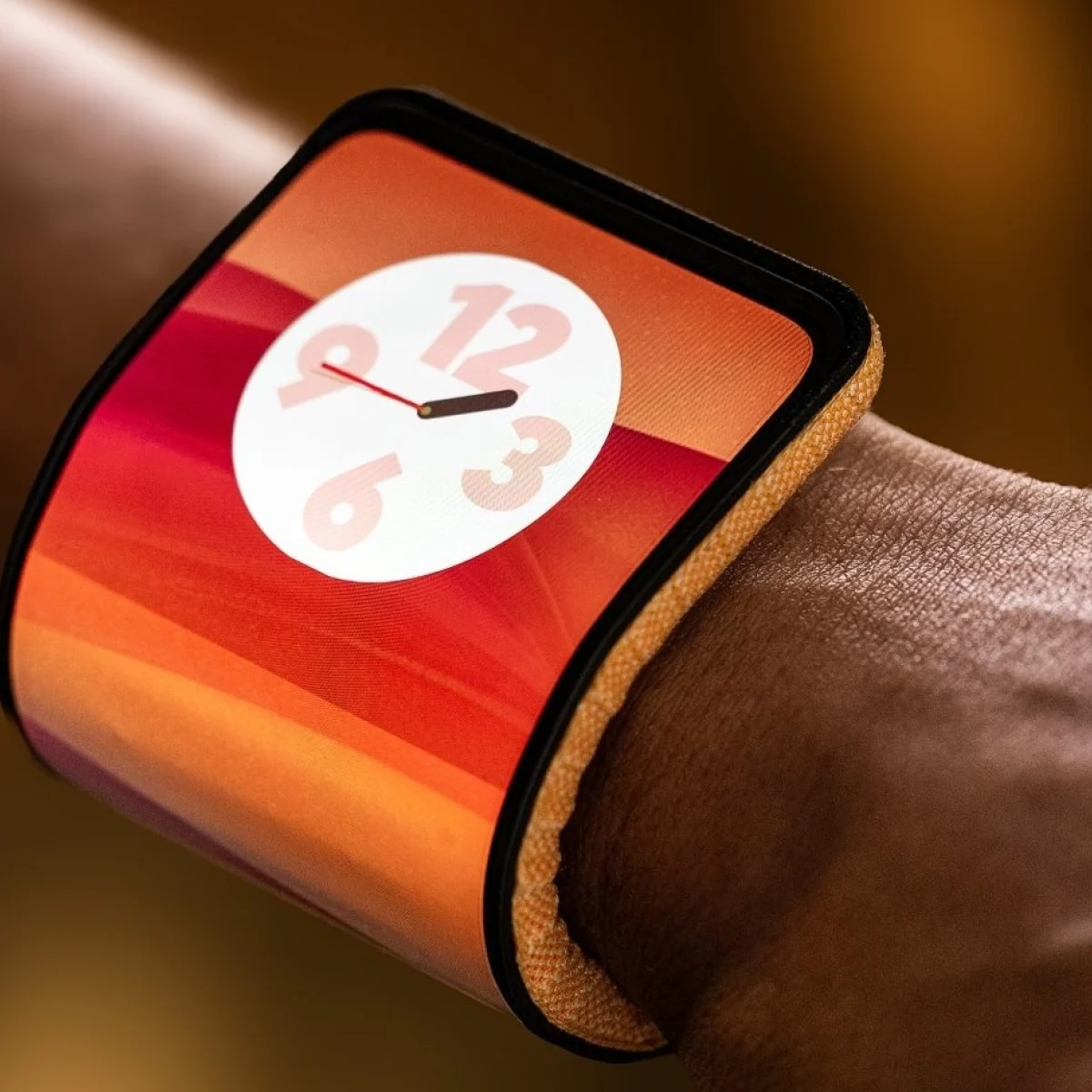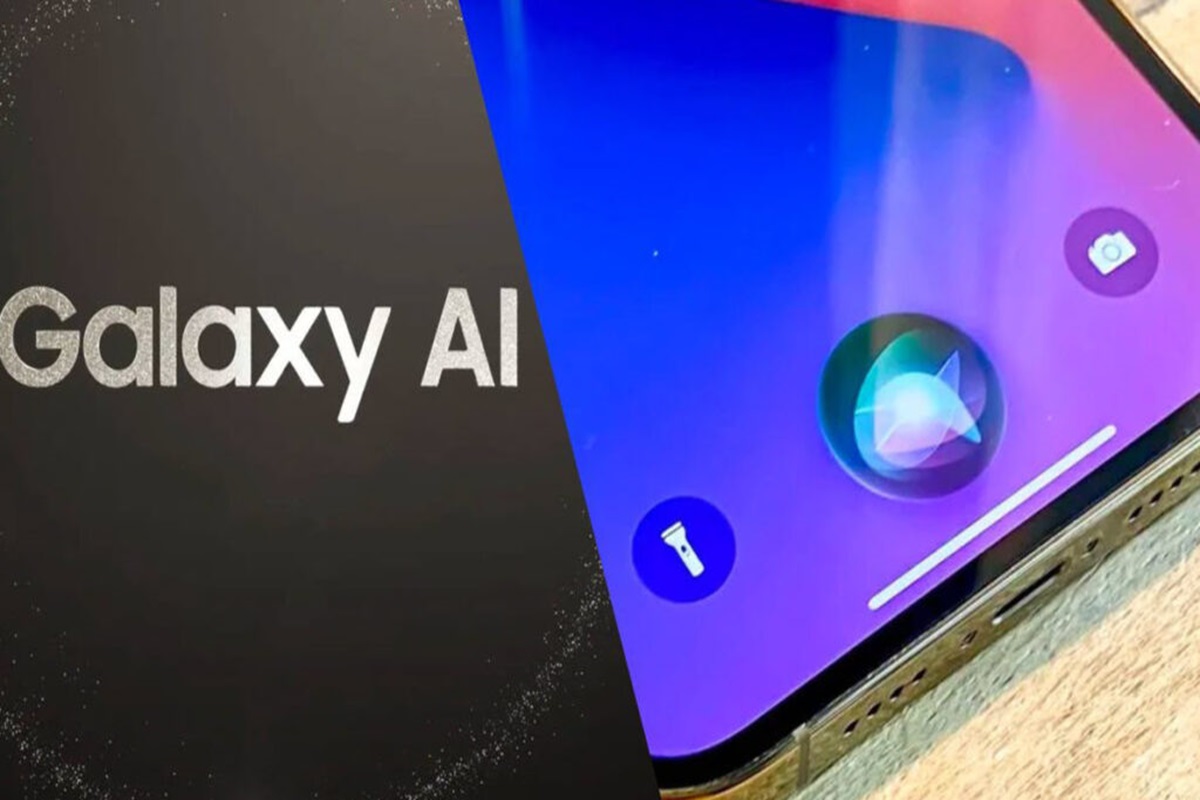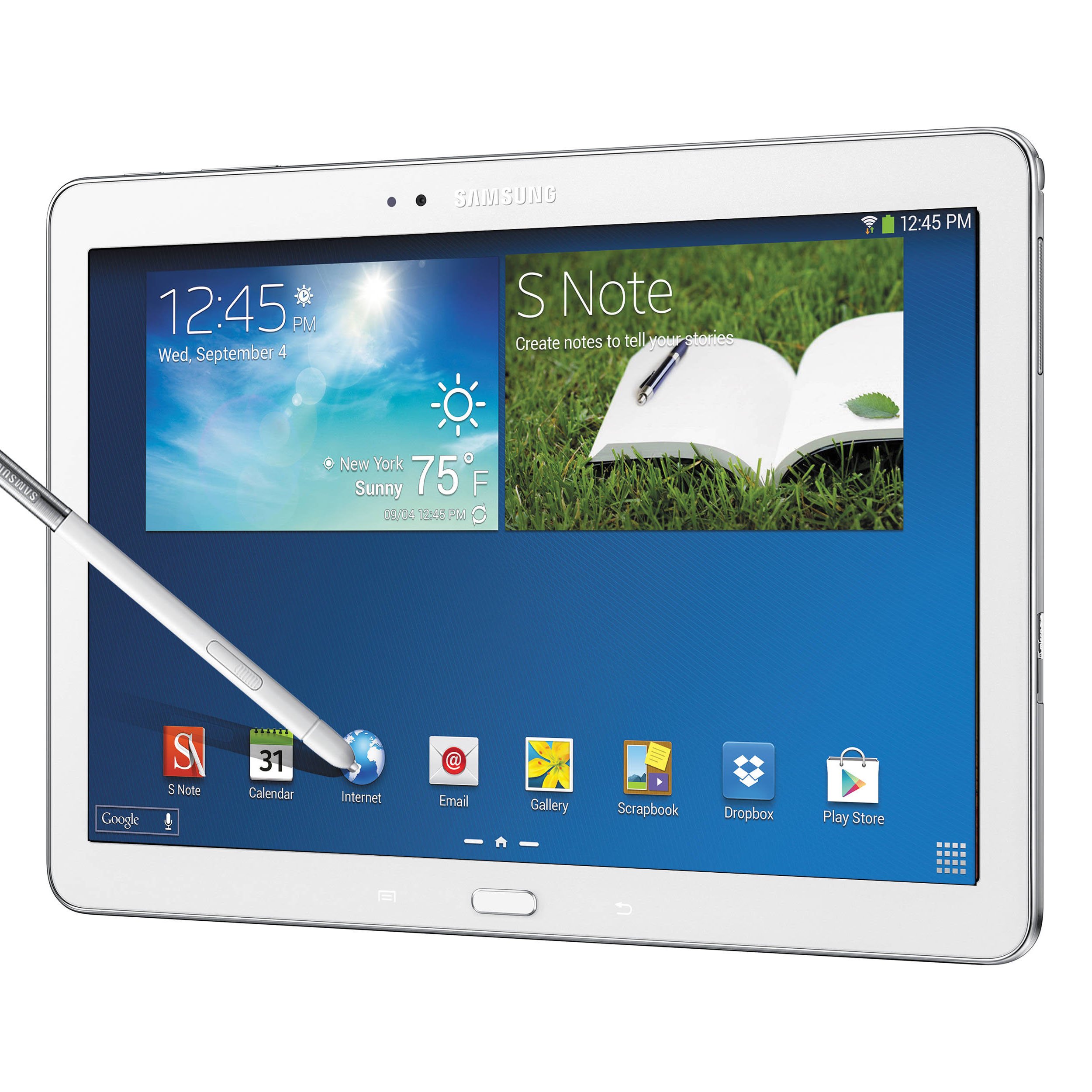It goes without saying that the foldable phone has taken up a lot of space in the current market. In the beginning the popularity was not much but now it is increasing. One of the reasons for this is that it is very different from the traditional mobile phone design. Moreover, it looks quite stylish.
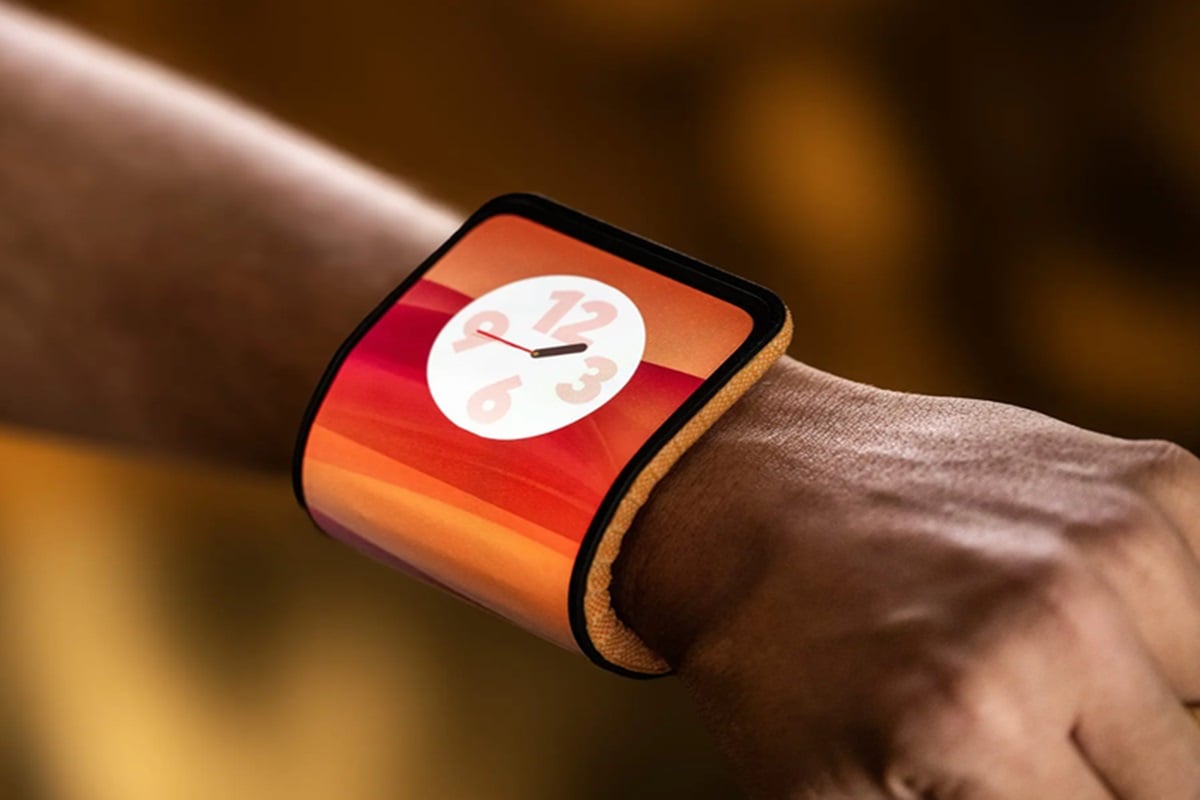
Foldable phones can be ideal for those who prefer a different look smartphone and want to be attractive. Various smartphone brand companies have been doing a great job with foldable phone designs. You will be surprised to know that motorola has come up with a design that can roll and be used as a watch.
Such designs are surprising. But there’s no reason to get too excited right now. Because the design of such a phone has been brought in front of everyone only as a concept. It is not the case that such devices will hit the market very soon.
They are trying to understand how customers will take such technology. Through this kind of innovation, Motorola showed that their position in the world of technology is quite strong. They publicized their research and development prototypes.
The Adaptive Display is much too clunky, we could see how a more refined version could catch on with certain demographics. For example, lots of people keep their smartphones in armbands when running and it’s not a huge leap to imagine they could just wrap them around their wrists instead.
Motorola keeps the patent for this kind of design so no other brand can copy it. The prototype of this phone was first shown at the recently held Mobile World Congress. That’s when it created a surprise in the world of technology. Everyone is hopeful that it will be released in the market so that the interested customer can purchase such a phone.
